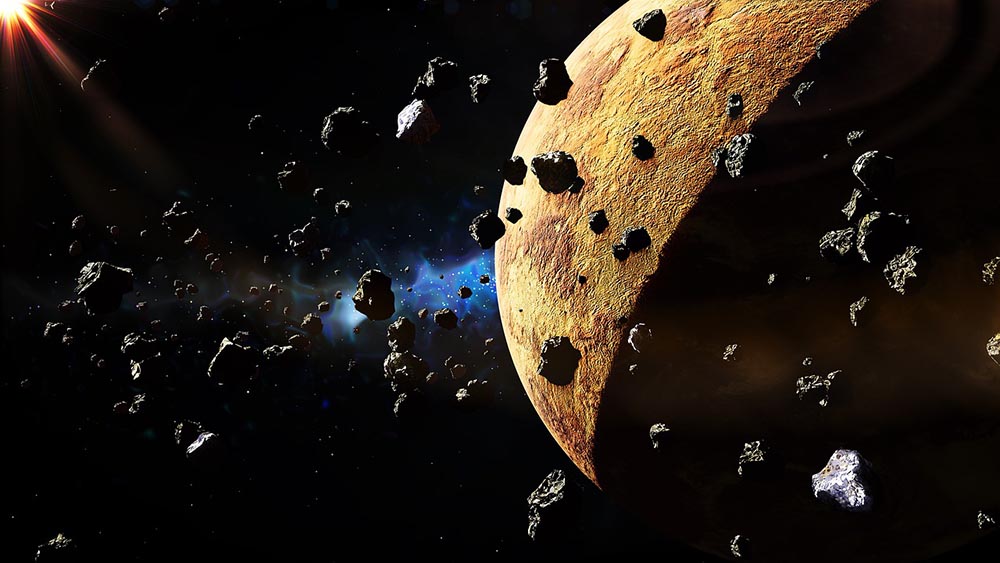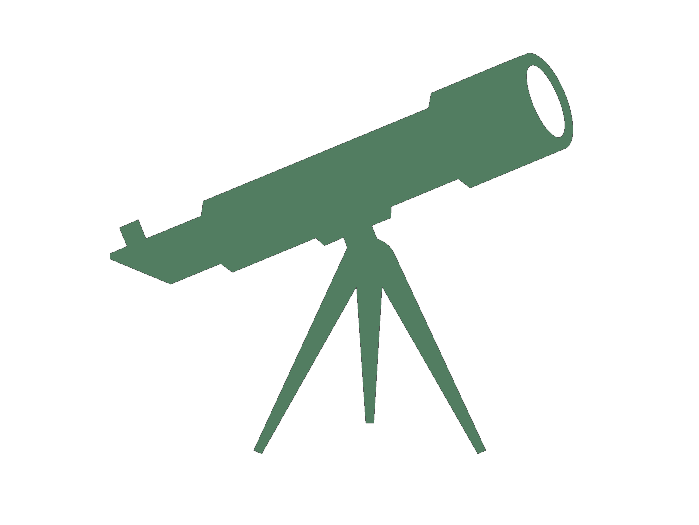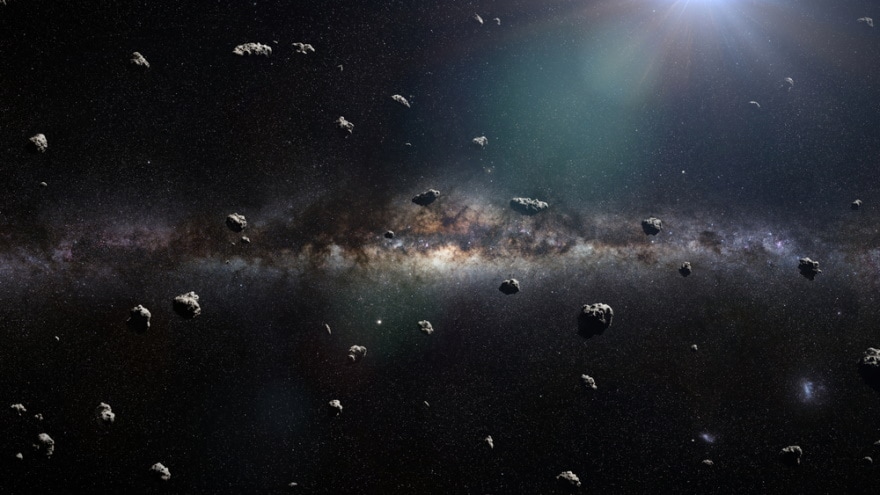What Is the Asteroid Belt? Where Is It?
Last Updated on

Space can be fun to learn about because it’s filled with amazing things, like the asteroid belt. This is a region of space containing more than 100,000 asteroids orbiting the Sun. If this sounds interesting to you, keep reading as we discuss where you can find these asteroids and if they pose any danger to our planet.

Where Is the Asteroid Belt?
If you were traveling through space, you would find the asteroid belt orbiting the Sun between Mars and Jupiter. It has a Torus disc shape.
What Is the Asteroid Belt?
The asteroid belt contains more than 100,000 — and likely more than 1 million — asteroids, ranging from dust particles to objects more than 500 miles in diameter. Four large objects are responsible for half the mass in the asteroid belt. These are Ceres, a dwarf planet, at 590 miles in diameter, along with asteroids Hygiea, Pallas, and Vesta, each at 250 miles in diameter. Many of the asteroids are piles of rubble that gravity holds together, and all except the round dwarf planet Ceres have an irregular shape.

Are These Asteroids Dangerous?
The risk of collision with one of these asteroids is low because they have been orbiting the Sun for millions of years. However, gravitational forces occasionally knock an asteroid off track, potentially putting them on a collision course with Earth. But many move out toward the outer planets instead and pose no danger to us.
What Are the Asteroids in the Asteroid Belt Made Of?
The most common type of asteroid is the C-Type, which consists of carbon. About 75% of the asteroids are C-Type. S-Type asteroids account for about 17% of the asteroids in the belt, and you will find them in the area closest to the Sun. These usually contain iron and magnesium silicates. Most of the remaining asteroids are M-Type, which stands for metallic, and they are primarily nickel-iron. These asteroids are shiny and easier to spot in the night sky. There are a few other types but they are extremely rare. You can even find icy asteroids and asteroids that contain water.
Who Discovered the Asteroid Belt?
Johan Titius predicted a planet’s existence between Mars and Jupiter in the 18th century, which caused other astronomers to start searching for it. In 1801, Giuseppe Piazzi found what he thought was a planet and called it Ceres. A year later, astronomers found the smaller asteroid, Pallas, and believed that it, too, was a planet. However, astronomers continued to find more than a hundred objects in the same area, and they began to realize that they were too small to be planets, so they started to call them asteroids.

How Did the Asteroid Belt Form?
Scientists once believed that the asteroid belt was a smashed planet, but the idea today is that they are simply particles that never formed into a single object.
How Much Space Is Between the Asteroids in the Asteroid Belt?
The distance between asteroids in the asteroid belt is usually more than 600,000 miles, so they are quite spread out. You can fit several Earth-size objects between them, so there is little danger to any spacecraft traveling through the asteroid belt.

Summary
The asteroid belt is a large collection of carbon, nickel-iron, iron, and magnesium-silicate asteroids. The confirmed count is more than 100,000, though the actual number is likely much higher. The belt stretches around the Sun, so there’s plenty of space between asteroids despite the large number. Ceres is the largest asteroid in the belt at 590 miles across. It has a round shape and classifies as a dwarf planet. Other large asteroids include Pallas, Hygiea, and Vesta, which along with Ceres, make up half the belt’s mass.
- Related Read: What Are Trojan Asteroids? What You Need to Know!
Featured Image Credit: Gam-Ol, Pixabay
About the Author Ed Malaker
Ed Malaker is a veteran writer who contributes to a wide range of blogs covering information on computer programming, pets, birding, tools, fitness, guitars, and optics. Outside of writing, Ed is often found working in the garden or performing DIY projects in the house. Ed is also a musician, spending his time composing music for independent films or helping people repair their guitars.
Related Articles:
Binocular Magnification Chart: Numbers & Distances Compared
What Is the Best Binocular Magnification for Hunting? Optical Features Explained
When Were Binoculars Invented? History, Today & Future
15 Crucial Facts About Ultraviolet Rays & the Sun
What Constellation Is Spica In? The Interesting Answer!
10 Interesting Leo Constellation Facts, Myths, and FAQs
15 Interesting Pegasus Constellation Facts, Myths, and FAQs
6 Interesting Sagittarius Constellation Facts, Myths, and FAQs in 2024!
